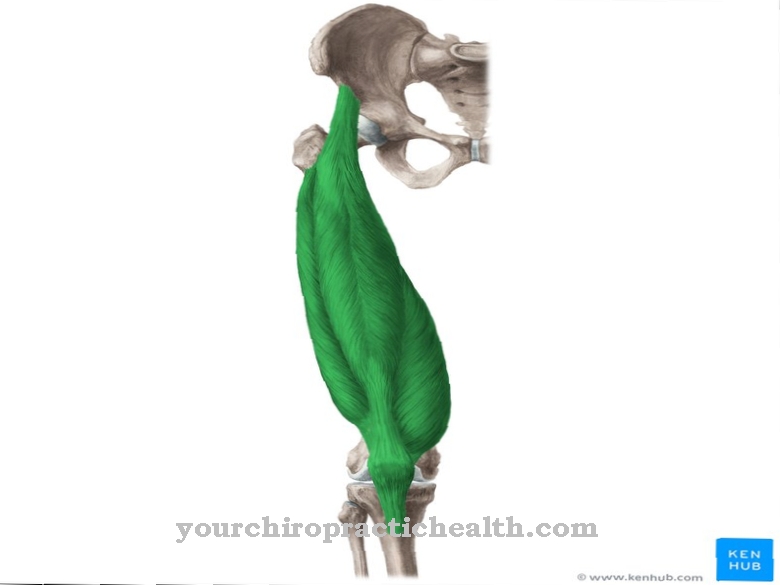The Oligohydramnios is one of the possible complications during pregnancy. The amniotic sac does not have enough amniotic fluid.
What is oligohydramnios?

© lil_smith - stock.adobe.com
Of a Oligohydramnios is the talk when there is a reduction in the amniotic fluid within the amniotic sac to less than 500 milliliters during pregnancy. This pregnancy complication occurs in around 0.5 to 4 percent of all pregnant women. In the last third of pregnancy, the trimenon, 3 to 5 percent of all pregnancies have too little amniotic fluid.
The production of amniotic fluid takes place from the 12th to 14th day of pregnancy. It is first composed of water that comes from the mother. From the 20th week of pregnancy, the urine of the fetus then serves as the main component. The amniotic fluid is vital for the unborn child, as it is needed for the development of the organs and provides protection from shocks. For this reason, the pregnant woman should have the amount of her amniotic fluid checked at regular intervals.
causes
Oligohydramnios are caused by either the mother or the child. If the reduction in amniotic fluid is due to the baby, malformations of the kidneys or the urinary tract such as malformations of the urethra or the ureter are mostly responsible. Potter's syndrome is a more common malformation of the kidneys. The kidneys are no longer able to produce urine.
Sometimes in Potter syndrome no kidneys are formed at all. Polycystic kidneys and narrowing of the urethra or ureter can also cause oligohydramnios. The malformations mean that the child cannot produce urine or that the urine cannot be excreted in the form of amniotic fluid into the fruit cavity. The loss of urine leads to a decrease in amniotic fluid. It is not uncommon for oligohydramnios to occur in the context of identical twin pregnancies and multiple pregnancies.
The reason for this is an imbalance in blood exchange between the children. For example, one child receives too little blood, which means that not enough amniotic fluid is formed, while the other receives an excess of blood and therefore too much amniotic fluid. The main maternal causes of oligohydramnios include high blood pressure. This leads to damage to the mother cake. This is then no longer able to fulfill its function.
In such cases, gynecologists speak of placental insufficiency. A premature rupture of the bladder is another possible cause. This is associated with the loss of amniotic fluid. Another maternal cause of oligohydramnios can be the mother becoming dehydrated, which also causes the child to have less fluid and less urine to produce.
Symptoms, ailments & signs
Oligohydramnios often become noticeable through the unborn child's reduced mobility. The mother feels her baby moving less often, which is due to the reduced amount of amniotic fluid. In addition, the pregnant woman's belly hardly gets any bigger. Possible consequences of oligohydramnios can be an intrauterine posture, a hook foot or a torticollis. There is also an increased risk of childbirth.
Diagnosis & course of disease
If the mother feels less movement of her child, it is advisable to consult the gynecologist. During the examination, the doctor usually finds that the uterus is too small for the week of pregnancy. An ultrasound examination (sonography) can determine a reduction in the amniotic fluid. It is important to rule out a rupture of the bladder that occurred a long time ago as the cause of the oligohydramnios.
If the complication occurs between the 14th and 26th week of pregnancy, the doctor uses sonography to look for possible malformations in the child, as these can trigger the amniotic fluid deficiency. The amniotic fluid index is used as a measure of the amount of amniotic fluid. A value between 8 and 18 centimeters is considered normal. If the value is lower, however, oligohydramnios must be assumed. The course of an oligohydramnios depends on the extent of the amniotic fluid loss. In most cases, the complications can be treated medically or even remedied.
Complications
As a rule, oligohydramnios is already a complication. This can have a very negative effect on pregnancy and also on the further development of the child. Because of this, early diagnosis and treatment is necessary with this disease to avoid further complications. The risk of a miscarriage increases enormously due to oligohydramnios, so that in the worst case, the child can die during birth and thereby also endanger the mother's life.
Oligohydramnios can also lead to the development of various malformations, so that those affected suffer from hoe feet or torticollis after birth. In most cases, oligohydramnios can be treated relatively well. There are no complications. If the complaint is diagnosed early enough, all malformations in the child can usually be avoided.
The birth itself usually takes place through a caesarean section. This is especially the case if the vaginal birth would be too risky for the life of the child. With successful treatment and childbirth, there are no further complaints or complications and the life expectancy of the child and mother is not reduced due to the illness.
When should you go to the doctor?
During pregnancy, women should take part in all preventive and check-up examinations offered by a gynecologist so that the well-being of the offspring and the health of the mother-to-be are checked. Changes and developments are documented. Thus, in the event of discrepancies, action can be taken immediately. Women with multiple pregnancies in particular should be particularly vigilant in the event of irregularities. If there are signs of an unusual change outside of the scheduled appointments to check the development status of the fetus, an immediate visit to the doctor is advisable for clarification.
If the child moves very little or not at all in the womb, the observations should be discussed with a doctor. If the expectant mother experiences anxiety or if a vague feeling arises that something might be wrong, it is necessary to consult a doctor. Consultation with a doctor should be sought if you feel unwell, have trouble sleeping or are restless. Sudden abnormalities or irregularities during pregnancy should be investigated as soon as possible. In the event of pain, bleeding or a sensory disorder, the health status of mother and child should be clarified. Fluid excretion from the vagina during gestation is a warning signal of the organism. A doctor's visit should take place so that if action is required, immediate action can be taken and medical care can be initiated.
Therapy & Treatment
Special treatment for oligohydramnios is not possible. Usually the underlying causes cannot be reversed. In the event that only a small amount of amniotic fluid is missing, it can often be sufficient to give the mother more fluids such as water. Treatment options are also available for loss of large amounts of amniotic fluid. This includes the amniotic infusion, the filling of the amniotic sac with a solution of sugar and table salt.
For this purpose, the doctor punctures the abdominal wall of the pregnant woman with a needle, which he carefully pushes through a catheter to the child's amniotic sac. He uses ultrasound to check the course of the needle. If the child has developed sufficiently to survive outside the mother's body, preparations are made for an early birth. Lung maturation induction takes place depending on how far the pregnancy has progressed.
During a normal vaginal birth, the lack of amniotic fluid usually causes changes in the child's heart rate. Due to the tighter space conditions, the baby will pinch its own umbilical cord. Because of this, the blood flow between the placenta and the child is interrupted. If a vaginal birth is not possible or too risky, a caesarean section is performed.
Outlook & forecast
Further health development is linked to the severity of the disease. In some cases, the prognosis is extremely favorable. In the absence of a small amount of amniotic fluid, it may be sufficient for the expectant mother to consume additional fluid. The ingestion of water changes the amount of amniotic fluid available. There is a possibility that spontaneous healing will occur and no further complications will occur.
If the unborn child has already had health problems, the prognosis worsens considerably. Acquired malformations can no longer be corrected with the current treatment methods. The individual characteristics of the existing complaints are decisive for the further development. Lifelong impairments can occur. Consequential disorders due to the health discrepancies are also possible. Doctors focus on symptomatic therapy.
Without medical care, oligohydramnios can be fatal. If it develops unfavorably, the survival of the fetus is at risk. At the same time, there is an increased risk for the expectant mother of suffering long-term health disorders. If the lack of amniotic fluid is found, an immediate caesarean section is often considered. This depends on the time of diagnosis and the developmental status of the fetus. If the caesarean section proceeds without any further complications, there are good prospects of securing the lives of mother and child.
prevention
It is difficult to prevent oligohydramnios. However, as it often affects pregnant women who smoke, tobacco use during pregnancy is not recommended.
Aftercare
In most cases, those affected with oligohydramnios have only a few or limited direct follow-up measures available. For this reason, you should see a doctor early on so that further complications or complaints from this disease can be prevented. Self-healing cannot occur, so a doctor should be contacted at the first signs or symptoms.
Most patients with oligohydramnios are dependent on a surgical procedure, which can permanently relieve the symptoms. Thereafter, strict bed rest should be maintained, with no effort or physical and stressful activities. After the child is born, it must be subjected to regular checks and examinations in order to identify and treat further damage to the body and internal organs at an early stage.
The support and care provided by one's own family is often very important, which can also prevent depression and other psychological upsets from developing. In rare cases, oligohydramnios reduces the life expectancy of both mother and child.
You can do that yourself
If oligohydramnios is diagnosed, sufficient fluid intake is usually sufficient to compensate for the lack of amniotic fluid. In order to compensate for the excretion of minerals, a balanced diet should be observed. The gynecologist can suggest a suitable diet or refer the patient to a nutritionist.
In the case of oligohydramnios, the affected woman should be examined so that any developmental disorders or genetic disorders in the child can be excluded. To reduce the stress associated with this, various relaxation techniques from yoga or progressive muscle relaxation are available, for example stretching exercises or autosuggestion in connection with physical exercises. Pregnant women who have been found to have reduced amniotic fluid should always consult their gynecologist. Often enough amniotic fluid forms by itself and no further measures are necessary.
Basically, the individual assessment of the doctor should be awaited before further measures are taken. If oligohydramnios does not appear until the last stages of pregnancy, a specialist clinic should be visited for further clarification so that the child is not endangered by the lack of amniotic fluid.

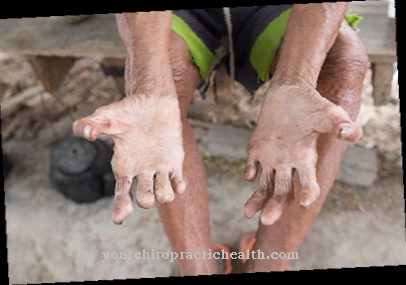
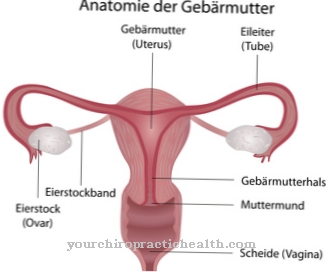


.jpg)



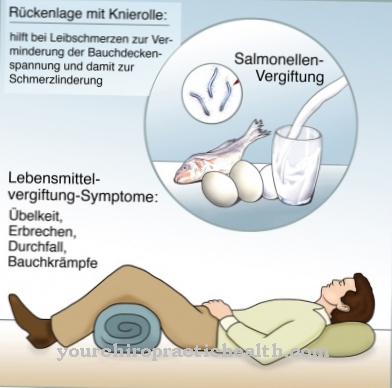

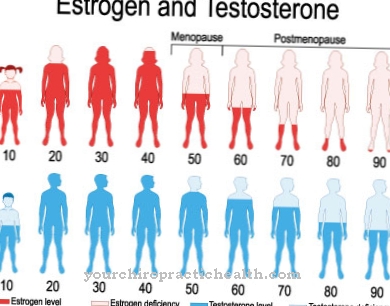




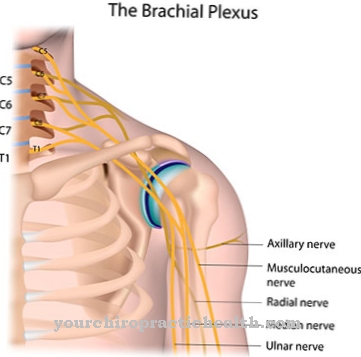
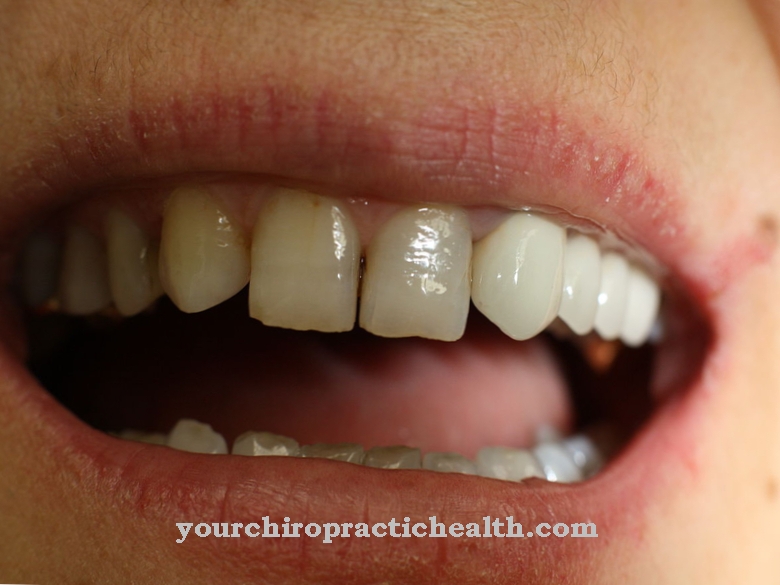

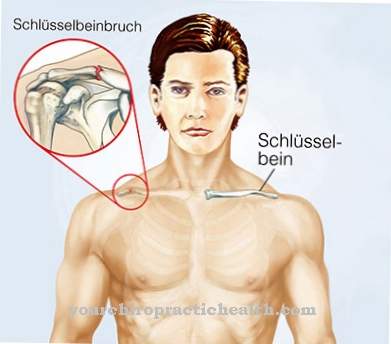

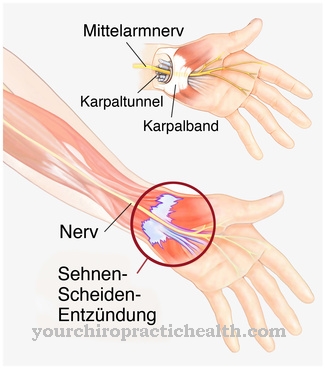
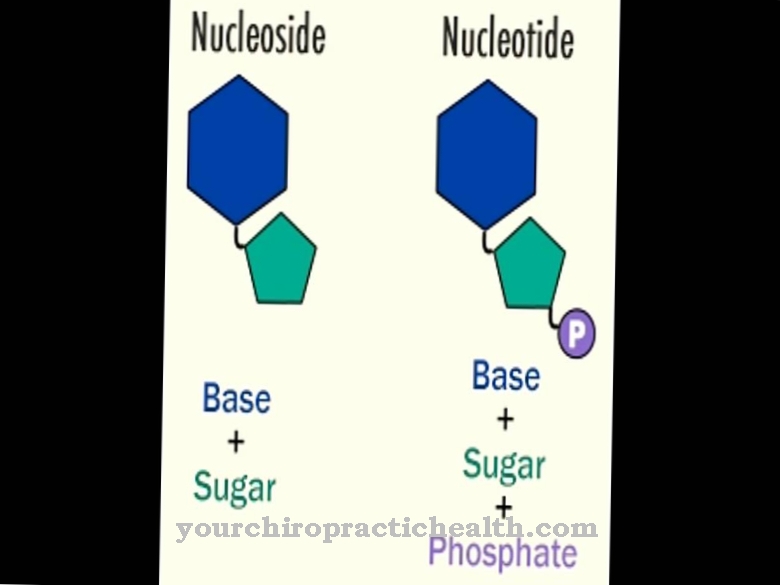

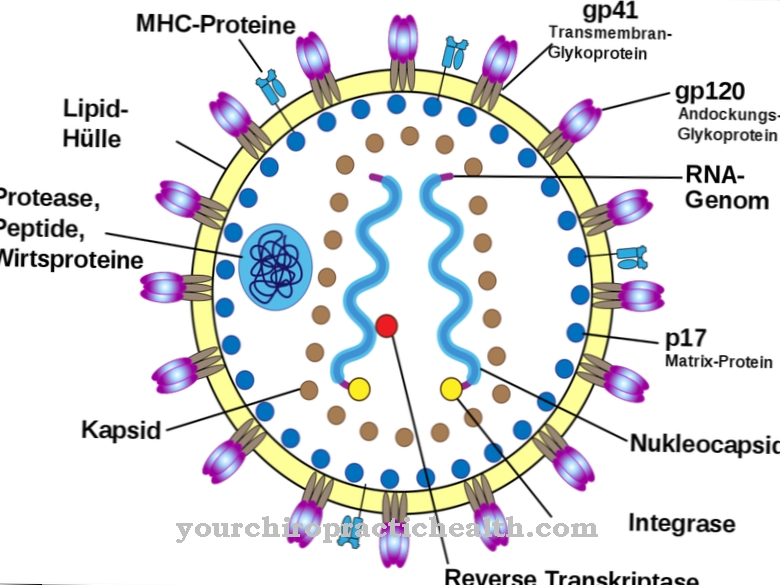
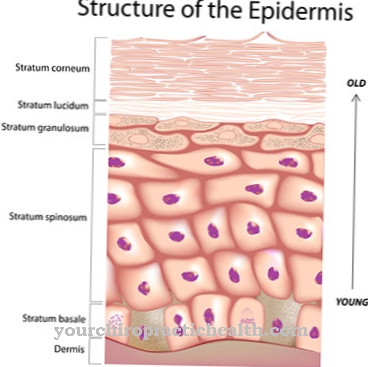
.jpg)
